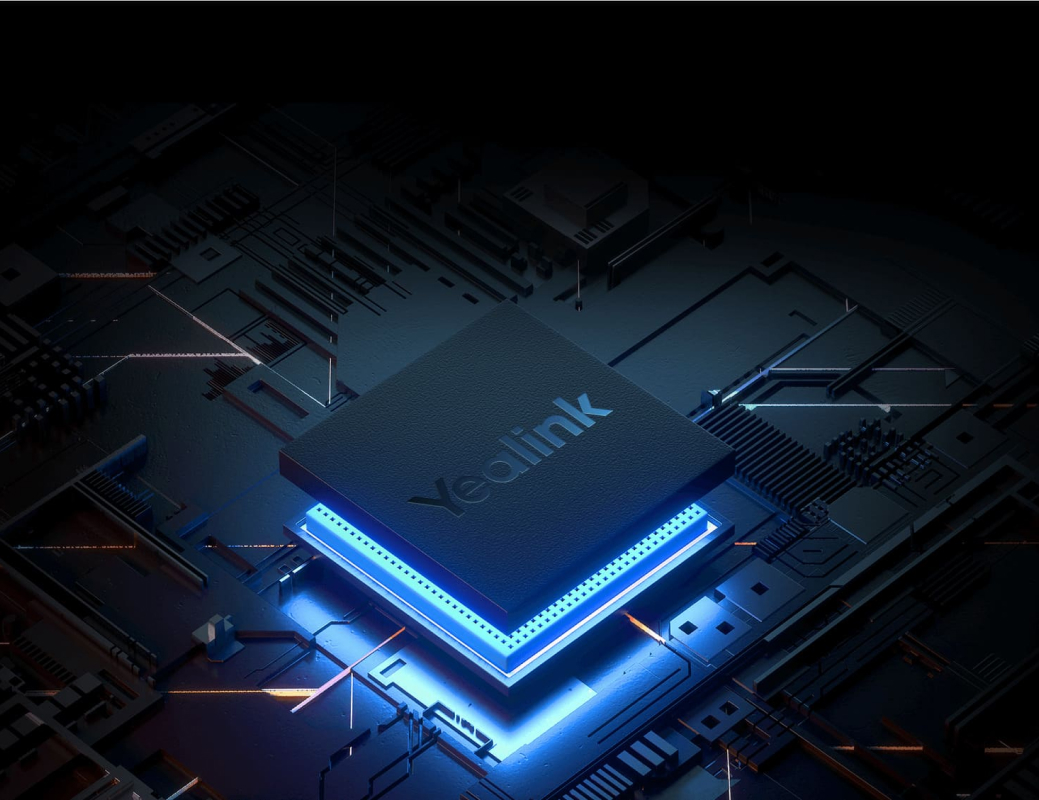Introduction
In today's fast-paced business environment, effective communication is the backbone of success. The landscape of business communication has undergone a remarkable transformation over the decades, evolving from traditional systems to modern solutions that leverage technology. Among these advancements, the transition from Private Branch Exchange (PBX) systems to Voice over Internet Protocol (VoIP) technology marks a pivotal moment in how organizations connect with clients, partners, and employees.
This article explores “The Evolution of Business Communication: From PBX to VoIP”, delving into the historical context, technological advancements, and future implications of these systems. With a focus on VoIP phone systems and their advantages, we will provide insights into how businesses can optimize communication strategies for enhanced productivity and connectivity.
The Evolution of Business Communication: From PBX to VoIP
Understanding PBX Systems
Private Branch Exchange (PBX) systems revolutionized business communication in the early days by allowing internal phone calls within an organization without needing external phone lines. This centralized control enabled companies to manage their telecommunication needs efficiently.
- Features of Traditional PBX: Call routing Voicemail Call transfer capabilities Conference calling
Traditional PBX systems required substantial hardware investments and maintenance costs. Companies often faced challenges with scalability as they expanded or adapted to changing needs.
The Shift Towards Digital Communication
As technology progressed, businesses recognized the limitations of traditional PBX systems. The transition towards digital communication became imperative for several reasons:
Cost Efficiency: Traditional systems involved hefty investments in hardware and line rentals. Scalability: Businesses needed more flexible solutions that could grow alongside them. Remote Work Trends: The rise of remote working made it essential for companies to adopt technologies that allowed for seamless communication regardless of location.
Introduction to VoIP Technology
Voice over Internet Protocol (VoIP) emerged as a game-changing solution that addressed many limitations posed by traditional PBX systems. By transmitting voice data over internet connections rather than dedicated phone lines, VoIP offered numerous benefits:
- Increased flexibility Lower operational costs Enhanced features such as video conferencing and instant messaging
How VoIP Phone Systems Work
At its core, a VoIP phone system converts voice signals into digital data packets transmitted over the internet. Understanding https://telegra.ph/Evaluating-the-Best-VoIP-Phone-Systems-for-Scalability-and-Growth-12-17 this process can help businesses appreciate its advantages:
Digitization: Voice is converted into digital signals. Packet Switching: Data is sent in small packets across the network. Decoding: At the receiving end, packets are reassembled into voice signals.Advantages of Implementing VoIP Phone Systems
Transitioning from traditional PBX to a VoIP phone system presents multiple advantages for businesses:
Cost Savings
- Lower initial setup costs compared to traditional hardware. Reduced long-distance call rates.
Scalability
- Easily add or remove lines according to business needs. Adaptable infrastructure that grows with your company.
Advanced Features
- Integration with CRM software. Unified communications including video calls and instant messaging.
Flexibility and Mobility
- Employees can work from anywhere with an internet connection. Supports remote teams effectively through mobile applications.
Challenges Associated with Transitioning from PBX to VoIP
While the transition offers significant benefits, businesses must also be aware of potential challenges:
Internet Dependence: A stable internet connection is vital for quality service. Security Concerns: Cybersecurity threats may affect VoIP networks unless properly managed. Training Requirements: Employees may need training to adapt to new interfaces and features effectively.Future Trends in Business Communication: Embracing VoIP Technology
As companies continue adopting modern communication technologies, several trends are shaping the future landscape:
AI Integration: Automated assistants improving customer interactions. Unified Communications as a Service (UCaaS): Combining various communication tools into one platform. 5G Technology: Enhancing speed and reliability for mobile workers using VoIP services.FAQs About Business Communication Evolution
What is the difference between PBX and VoIP?
PBX operates on traditional telephone lines while VoIP uses internet connections for voice transmission, offering greater flexibility and cost efficiency.
Can I keep my existing phone numbers when switching to VoIP?
Yes! Most VoIP providers offer number porting options so you can retain your existing phone numbers during the transition.
Is VoIP secure?
While security concerns exist with any internet-based technology, proper measures such as encryption can significantly enhance the security of your VoIP system.

How does call quality compare between PBX and VoIP?
Generally speaking, if you have a reliable internet connection, call quality on a VoIP system can exceed that of traditional PBX setups due to advanced audio codecs used in transmission.
Can I use my smartphone as a VoIP phone?
Absolutely! Many providers offer mobile apps allowing users to make calls via their smartphones using their company’s VoIP system.

What should I consider when choosing a VoIP provider?
Look for features like customer support availability, pricing models, scalability options, ease of integration with existing software, and reviews from other customers.
Conclusion
The journey through time shows us just how far business communication has come—from clunky old telephone systems reliant on physical hardware to agile VoIP Phone Systems that empower organizations worldwide today. Embracing “The Evolution of Business Communication: From PBX to VoIP” not only enhances connectivity among teams but also positions businesses strategically in an increasingly competitive marketplace.
As we move forward into an era defined by digital transformation and remote collaboration opportunities abound—investing in robust VoIP Phone solutions is no longer optional; it's essential for sustained growth and success in our interconnected world.
This article provides comprehensive coverage on "The Evolution of Business Communication: From PBX to VoIP," adhering strictly to SEO standards while ensuring clarity and engagement throughout its length.